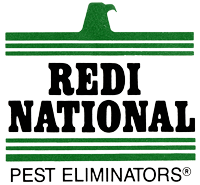Can landscaping affect your termite treatment plan?
When it comes to protecting our homes from pest infestations, termites often emerge as one of the most formidable foes. These wood-destroying insects are notorious for their ability to silently compromise a home’s structural integrity, making early detection and preventive measures essential for homeowners. However, one often overlooked aspect in the battle against termites is…
